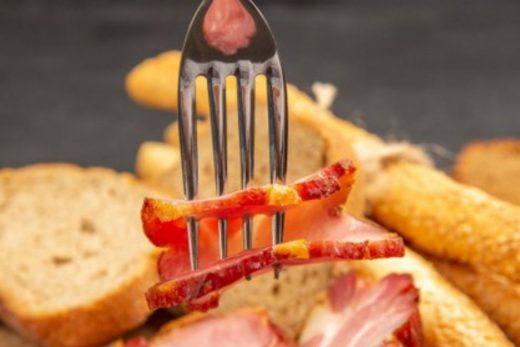The long answer, though, is that it can be difficult to fully differentiate them from other baked beans of colonial New England, including the famed baked beans of Maine.
Some say Maine’s beans are made with a higher ratio of salt pork, while my copy of American Food: The Gastronomic Story quotes a Lewiston, Maine, newspaper as saying that the biggest difference is that Maine’s baked beans are cooked just enough to tenderize the beans, but not so much that they melt down into a thick sauce. “They never wholly assimilate or mash…in Maine. You do get in Boston a sort of brown paste with small nubbly particles in it, dejected in appearance. It should be called ‘bean butter.'”
That’s a little harsh, and, since none of the other recipes I read advise cooking Boston baked beans to the point of making a paste, I think it’s safe to assume that, fed by a bit of regional competitiveness, that Maine newspaper was exaggerating just a little. Still, if we’re willing to allow that there might be a grain of truth to the quote, it can help explain a few things about some of the Boston baked bean recipes out there today.





